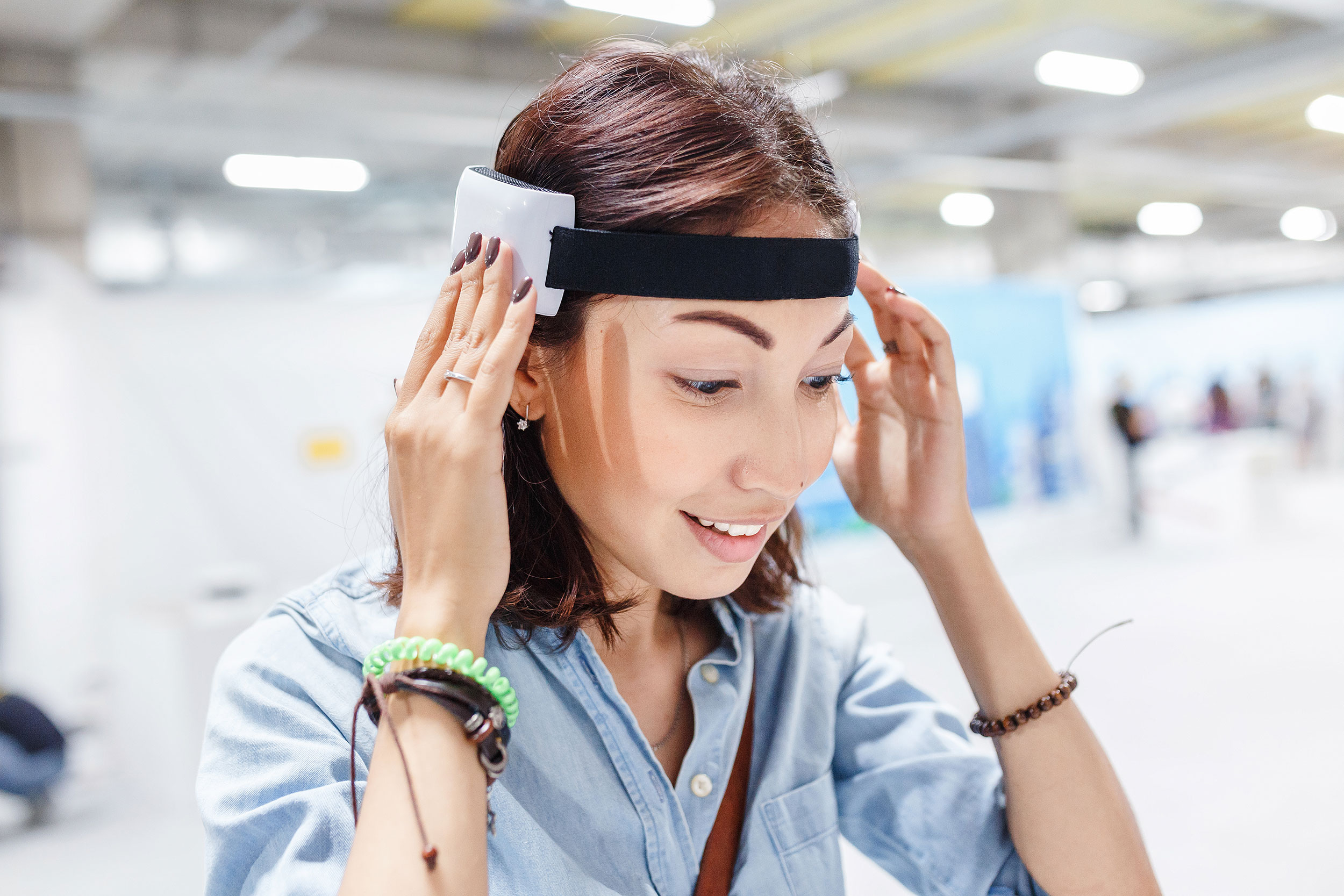More oversight needed for consumer brain stimulation devices
As smart watches and fitness trackers explode in popularity, so is a new type of health and wellness tech marketed as being able to monitor and manipulate brain functions. Direct-to-consumer “neurotechnology” is a rapidly growing industry, predicted to top $3 billion by 2020.

Many neurotechnology products are not regulated as medical devices.
As smart watches and fitness trackers explode in popularity, so is a new type of health and wellness tech marketed as being able to monitor and manipulate brain functions. Direct-to-consumer “neurotechnology” is a rapidly growing industry, predicted to top $3 billion by 2020.
However, many neurotechnology products are not regulated as medical devices, which UBC professor of neuroethics Peter Reiner believes is cause for concern. He and co-author Anna Wexler of the University of Pennsylvania outlined their concerns in an essay published recently in the journal Science.

In this Q&A, Reiner explains why there is a need for more oversight of neurotechnologies.
What are the potential harms of direct-to-consumer (DTC) neurotechnology products?
DTC neurotechnology includes devices like at-home electroencephalography (EEG) devices that claim to monitor brain activity, and at-home transcranial direct current stimulation (tDCS) devices, which provide low levels of electrical stimulation to the brain with the goal of improving cognitive performance and mental health. It also includes games and apps that claim to sharpen thinking or monitor mental health.
Many companies have conducted little to no original research on the effectiveness of the underlying neurotechnology. Without much research, there is potential risk of both physical and psychological harm.
For example, some users of tDCS have reported skin burns from the electrical current on their scalp. An EEG device could erroneously show than an individual is in a stressed state, which may cause him or her to become stressed, resulting in unwarranted psychological harm. A smartphone app user may be told they have symptoms of depression, but the diagnosis is provided without the support of a psychologist or mental health counsellor.
Why aren’t these products regulated as medical devices?
Neurotechnology products are, in many ways, similar to dietary supplements, in that they can avoid being classified as drugs by refraining from making explicit claims about treating or diagnosing disease and limiting their claims to wellness.
In both industries, the safety and efficacy of these products have not been well established, there are no industry-wide standards, and the market has been flooded with companies advertising and selling products directly to consumers with dubious claims.
These factors all contribute to the challenges of regulating neurotechnology devices.
What do you think is the solution for this problem?
We propose an independent working group that would survey the current neurotechnologies on the market, and provide short appraisals of the potential harms and usefulness of these products. Rather than evaluating each and every product, the working group’s appraisals would outline the existing evidence behind the device and the potential risks of using it, as well as identify any gaps in the current knowledge. The working group would also be responsible for disseminating those appraisals to the public and partnering with organizations to communicate the potential risks and benefits of products to consumers.
Given that many government agencies and corporations are actively funding research into monitoring and manipulating brain function, we think that the current neurotechnology devices on the market may only be the tip of the iceberg. The need for an independent working group has never been more urgent.



